Published on 08.09.2025
Helmholtz Imaging Newsletter Issue No. 23
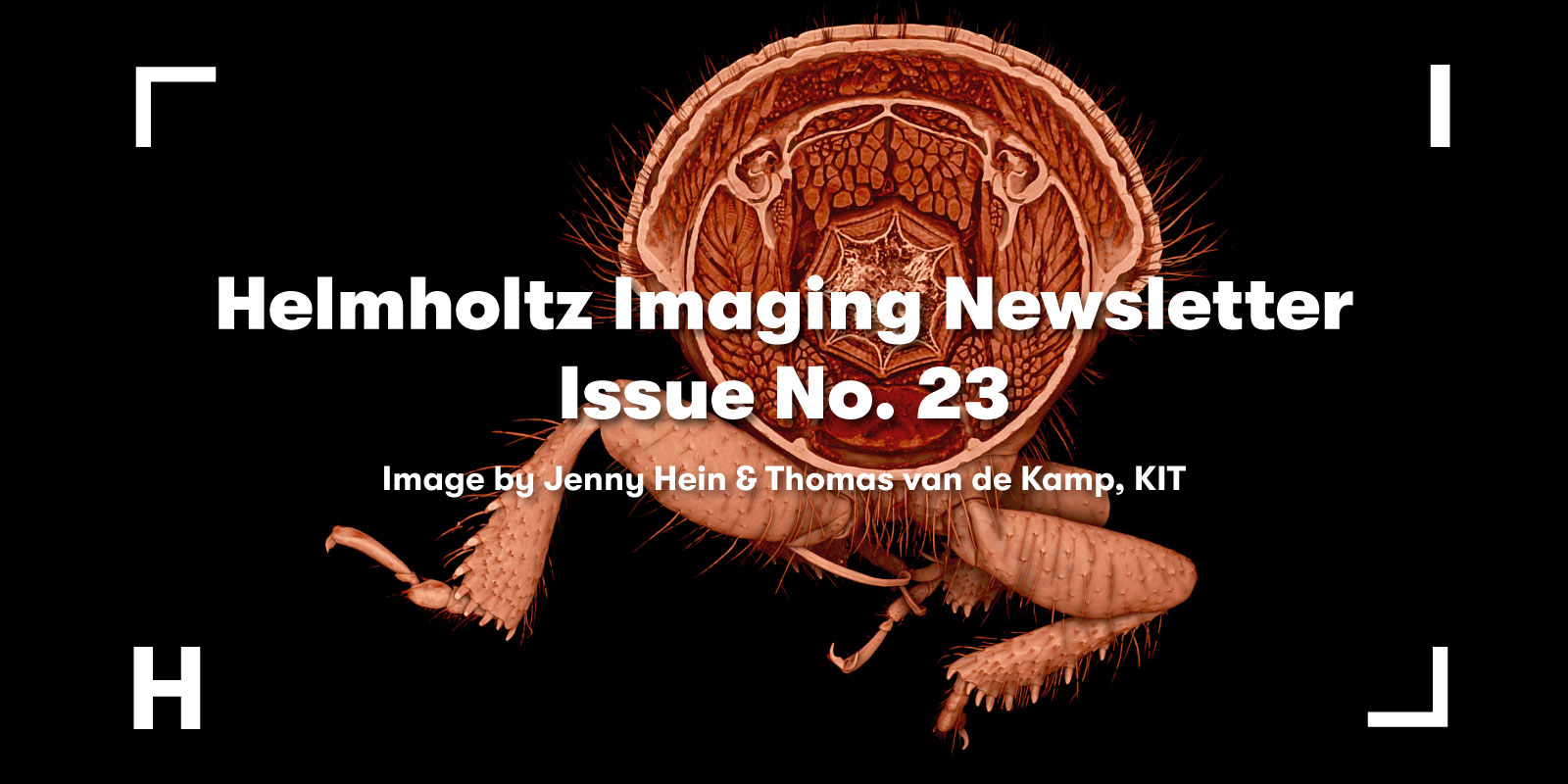
Dear Imaging Enthusiast,
This issue is packed with highlights from across Helmholtz Imaging: new training opportunities, innovative imaging applications, and tools that make research more accessible. You’ll also find an interview on the role of mathematics in machine learning, guidance on handling challenges in science communication like hate speech or threats, and a short survey where your input is welcome.
Here’s what’s inside this issue:
- Helmholtz Data Science Training – Register Now: Join upcoming courses on image processing, reconstruction, and 3D visualization
- Segmenting Ancient Book Structures with nnInteractive: How AI-based imaging tools open new perspectives on cultural heritage
- Interview with Martin Burger: Bridging gaps between mathematics and machine learning
- WeMonitor’s Terragon: Streamlining access to satellite data across multiple platform
- Scicomm-Support: Help and resources for scientists facing attacks in public communication.
- Survey on Research Assessment at Helmholtz: Share your perspective in just 5 minutes.
- Meet Us: Say hello at upcoming events in Geesthacht, Hamburg and Berlin.
- Partner Updates: Discover the latest from HIDA, and HMC.
- Opportunities: Explore new funding calls, external events, recent publications and job postings.
As always, we welcome your contributions. Share your imaging-related news and events with us at katharina.kriegel@helmholtz-imaging.de. Let’s keep building our vibrant imaging community together.
Happy reading!
Your Helmholtz Imaging team
***
A personal note from us:
Do you have an imaging challenge, no matter how big or small? We’re here to help you, free of charge. Contact us via our support hub.
Also, if you haven’t yet, join our network of experts, modalities, instruments, and facilities! CONNECT with us.
Interested in receiving our newsletter directly in your mailbox? Subscribe here.
***

Helmholtz Data Science Training – Register Now!
The Helmholtz Information and Data Science Platforms offer a joint training portfolio for researchers at all career stages. Registration is open for three courses – don’t miss your chance to join!
Six Main Tasks in Image Processing (September 4 – October 9, 2025): This seminar series covers six key image processing tasks, following a typical workflow from reconstruction to segmentation, denoising, and tracking. While the series has already started, you can still join! Please note: certificates will only be issued to participants who attend at least 80% of the sessions.
Regularization in Image Reconstruction (October 6, 2025): Understand the fundamentals of image reconstruction and inverse problems with hands-on tutorials. Register now!
Introduction to Image Registration (October 29, 2025): Explore how image registration powers research across disciplines, combining classic methods with deep learning to align and analyze complex visual data. Registration starts October 1!
3D Data Visualization (November 10–13, 2025): Bring your volumetric data to life with tools like Fiji, Blender, and Neuroglancer. Register now!
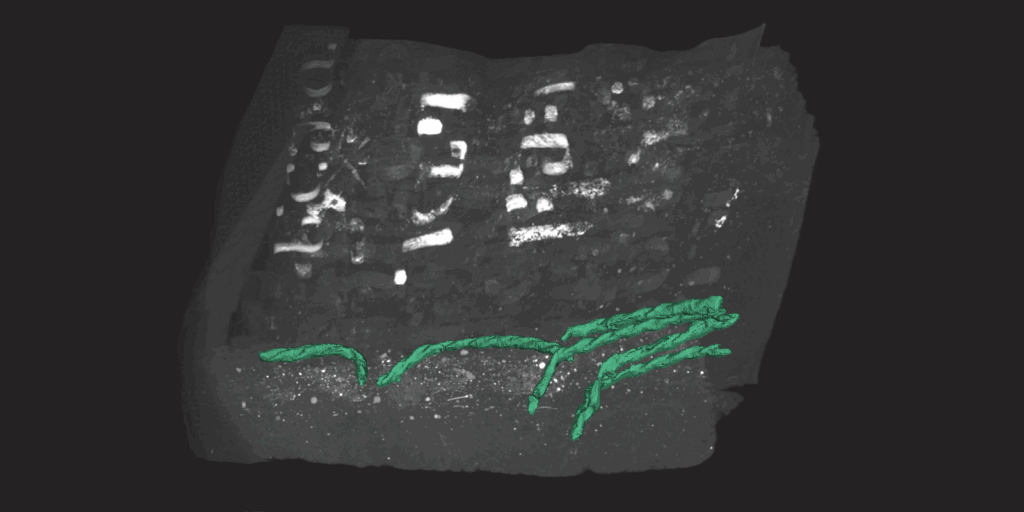
Segmenting Ancient Book Structures using nnInteractive
Studying the material traces of early literacy is key to understanding how writing systems, religions, and cultural identities emerged. Since many of these ancient artefacts are fragile, they must be examined using non-destructive imaging.
The portable CT scanner ENCI was developed to meet this need. It was previously used to scan sealed clay tablets, using custom software to segment and visualize both tablet and envelope without damage.
This technology is now being applied to studying the origins of writing in the Southern Caucasus within the DeLiCaTe project. A 1500-year-old Georgian manuscript (Graz, University Library, MS 2058/1) was scanned, but its complex bookbinding exceeded the limits of existing software.
To address this, the AI-based segmentation tool nnInteractive was used, enabling flexible segmentation of internal structures and opening new possibilities for analyzing ancient artefacts.
This cross-domain collaboration between DESY and DKFZ combined expertise from two research fields, physics-based imaging and biomedical AI, to unlock insights from fragile historical artefacts that were previously out of reach.
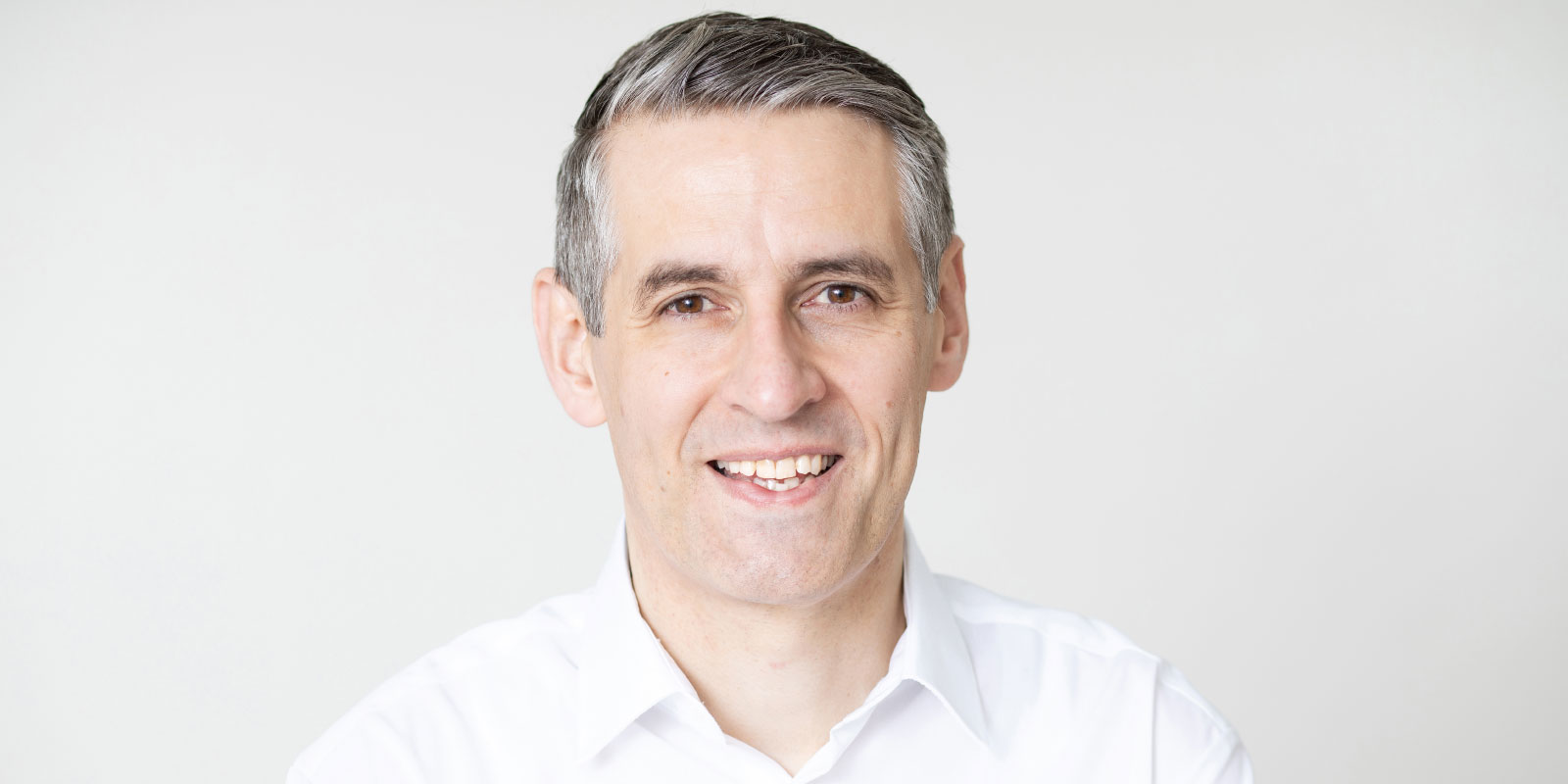
Bridging Gaps: How Mathematics Advances Machine Learning
Machine learning (ML) is transforming science and society – but behind every breakthrough lies a deep mathematical foundation. From gradient descent and stochastic optimization to generative models and transformer architectures, mathematics shapes how we build and understand AI.
In our interview, Martin Burger, Head of the Helmholtz Imaging Research Unit at DESY and co-organizer of the Conference on Mathematics of Machine Learning 2025, shares why this connection matters. He reflects on the challenges of reliability and efficiency in ML, the surprising speed at which theory and practice influence each other, and what inspires him to keep exploring the mathematical depths of this fast-moving field.
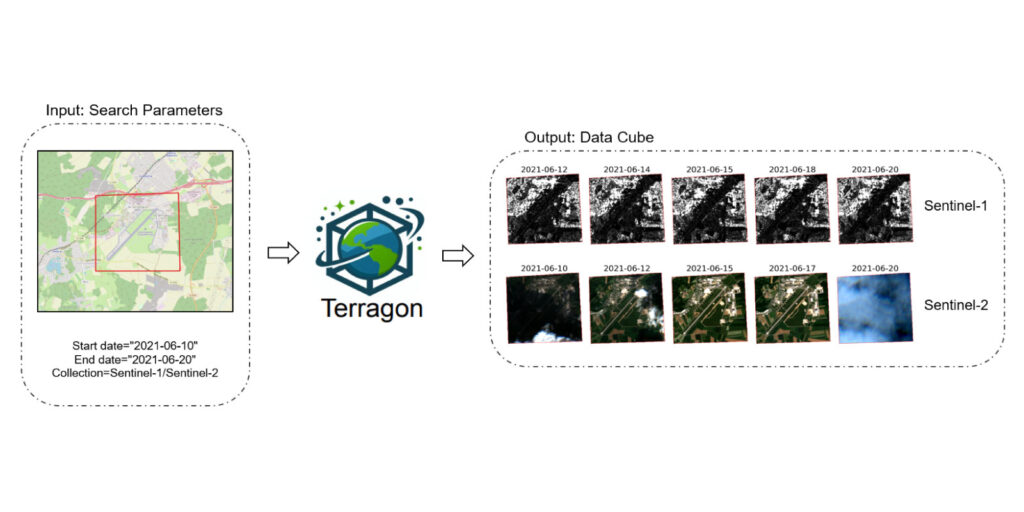
Simplifying Earth Observation Data Access with Terragon
Earth observation satellites generate vast amounts of data – but accessing and preparing it can be complex. The Helmholtz Imaging Project WeMonitor tackles this challenge with Terragon, an open-source Python package that streamlines access to satellite data across multiple platforms. Terragon helps create consistent, analysis-ready data cubes for applications from climate research to disaster response.
In their latest CONNECT blog post, Paul Höhn and Adrian Höhl (TUM & DLR) show how the open-source tool Terragon helps researchers streamline access to satellite data for climate research, disaster response, and more.
💡 Share your work with the community!
Do you have a project update, tool, or result to showcase? Publish it on our CONNECT blog – we’ll help spread the word across the Helmholtz Imaging community.
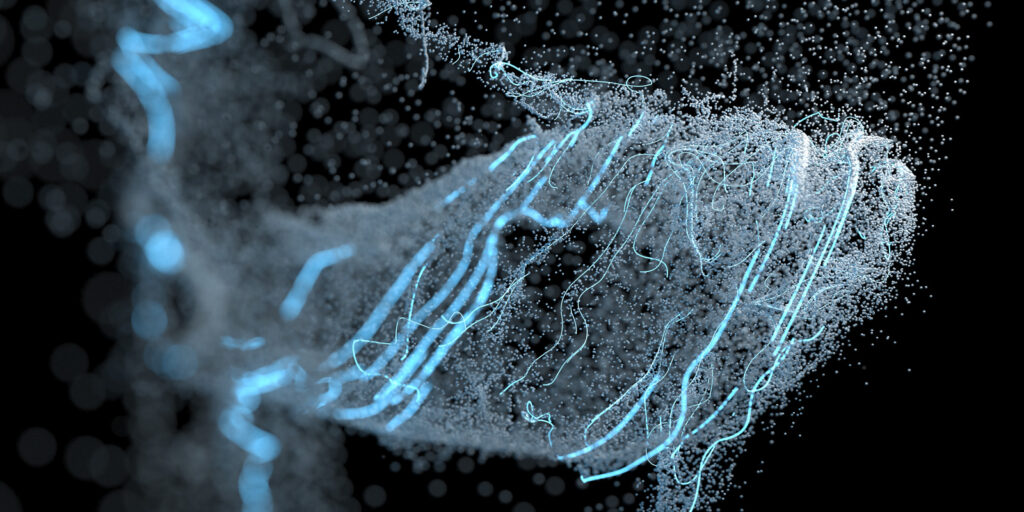
Scicomm-Support: Help in the Event of Attacks on Science Communication
Science communication can face challenges – especially on sensitive topics such as climate change, vaccination, or animal testing. In recent years, threats, hate speech, and intimidation against scientists and science communicators have increased, particularly on social media. Scicomm-Support offers confidential advice and assistance in such cases – free of charge, from 7 AM to 10 PM, 7 days a week. They also provide information and resources on their website such as guides, strategies and workshops.

Share your Perspective on Research Assessment at Helmholtz
The Helmholtz Task Group Research Assessment invites all Helmholtz researchers to take part in a short anonymous survey (approx. 5 minutes) on current research assessment practices at their centers.
Take the surveyEstablished in March 2025 by the Working Group Open Science and the Helmholtz Open Science Office, the task group aims to engage with quality-oriented assessment practices, compare center approaches with expert recommendations, and develop proposals for advancing research assessment across the Association.
For questions, contact: leamaria.ferguson@os.helmholtz.de or steffi.genderjahn@os.helmholtz.de.
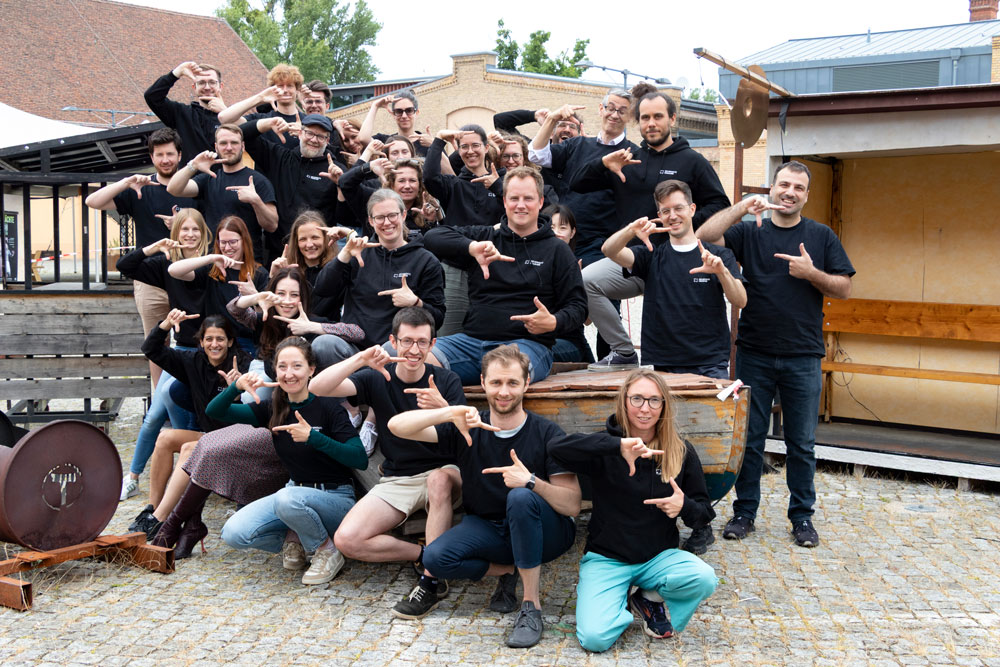
Meet Helmholtz Imaging
Say hello to Helmholtz Imaging team members at the following events:
- Meet Deborah Schmidt on September 10 at UFZ in Leipzig.
- Say hello to Martin Burger and his group at the Conference on Mathematics of Machine Learning 2025 on September 22-25 in Hamburg.
- Meet Fabian Isensee and Karol Gotkowski at MICCAI 2025 on September 23-27 in Dae-jeon, Republic of Korea.
- Say hi to Deborah Schmidt and Ella Bahry at their 3D Visualization Workshop on November 13-17 in Berlin. Interested to join? Register here.
News from our Partner Platforms
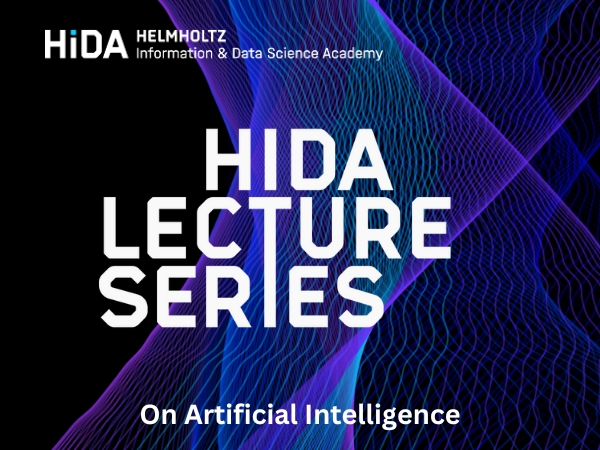
HIDA
Lecture: ML for Monitoring Sustainability
Join us on September 18 at 11 AM for a deep dive into how ML – including LLMs – can transform sustainability tracking. Discover an open-source tool that pulls millions of environmental, social, and governance insights from Europe’s top companies, exposing gaps and progress, and see how AI is powering smarter, more transparent action in both corporate and public sectors.
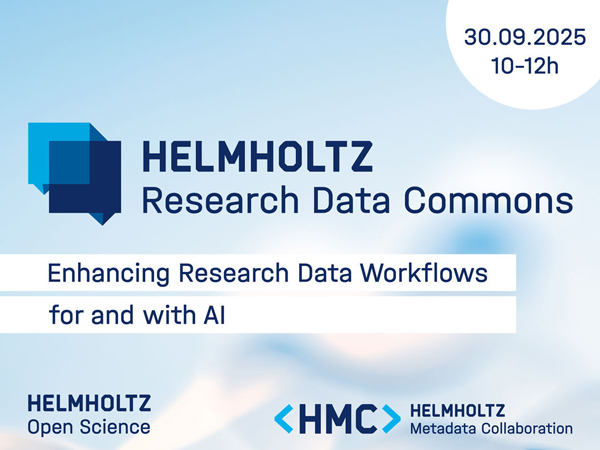
HMC
2nd Forum Helmholtz Research Data Commons
Join the 2nd Helmholtz Research Data Commons Forum on September 30, 2025! This online event explores how AI can enhance research data workflows and offers space for exchange across the Helmholtz community. Don’t miss valuable insights and discussions.

Funding Opportunities
- Initiation of International Collaboration: grant program for applicants interested in establishing collaborative scientific relationships with partners abroad. Apply at any time.
- “Research Forum” funding line: program to enable scientists to initiate innovative scientific projects of relevance to society or to make existing findings available for practical application. Application deadline: October 31, 2025.
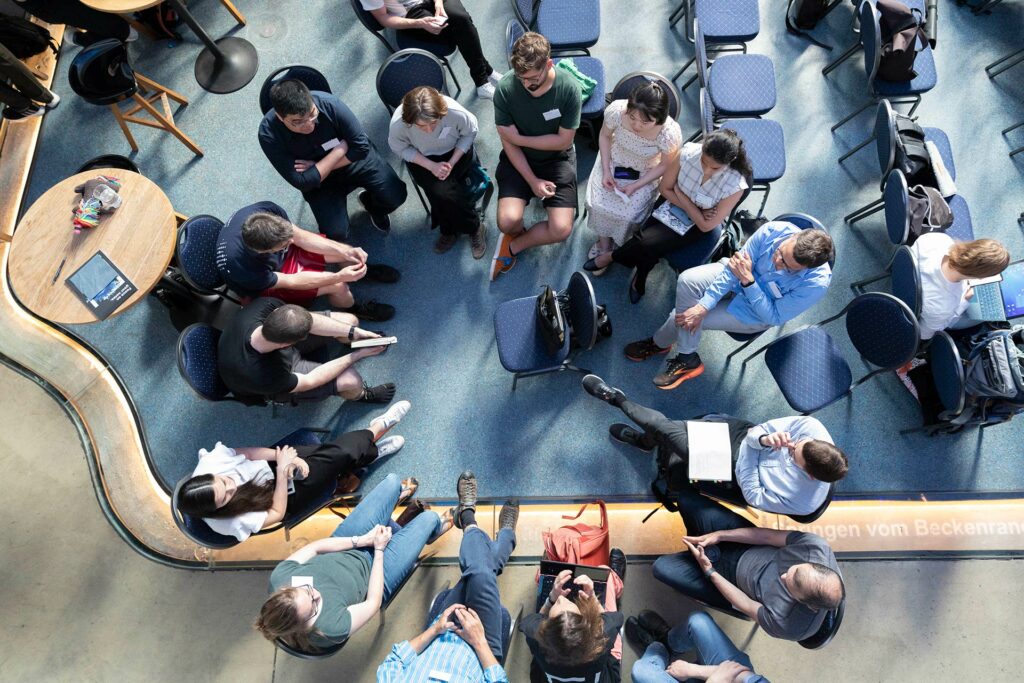
External events
- Image Analysis with Open-Source Software: September 30-October 30, every Tuesday and Friday afternoon, online course, contact: Matthieu.Vermeren@ed.ac.uk (flyer)
- Hard X-ray Imaging of Biological Soft Tissues Symposium 2025: October 13, 2025, London or virtual
- 5th Science Workshop of the Program “From Matter to Materials to Life”: October 20-22, 2025, Karlsruhe
- Forum Wissenschaftskommunikation: Topic: Algorithms, Platforms, and AI: Science Communication in the Digital Age. December 3-4, 2025, Stuttgart, information
- 16th XTOP Biennial Conference on High-Resolution X-Ray Diffraction and Imaging: September 21-25, 2026, Karlsruhe, save the date.
Do you know of any imaging-related events that could be of interest to our imaging community? We’d love to hear from you. Share the details with us at Katharina.Kriegel@helmholtz-imaging.de.

New publications
AI-powered skin spectral imaging enables instant sepsis diagnosis and outcome prediction in critically ill patients by Silvia Seidlitz, Katharina Hölzl, Ayca von Garrel, Jan Sellner, Stephan Katzenschlager, Tobias Hölle, Dania Fischer, Maik von der Forst, Felix C. F. Schmitt, Alexander Studier-Fischer, Markus A. Weigand, Lena Maier-Hein, and Maximilian Dietrich
UTILE-Pore: Deep Learning-Enabled 3D Analysis of Porous Materials in Polymer Electrolyte Membrane-Based Energy Devices by André Colliard-Granero, Salvatore Ranieri, Aimy Bazylak, Tobias Morawietz, K. Andreas Friedrich, Jasna Jankovic, Michael H. Eikerling, Kourosh Malek and Mohammad J. Eslamibidgoli (see also Helmholtz Imaging’s news item about HI Project UTILE’s success story)
Advancing vanadium redox flow battery analysis: a deep learning approach for high-throughput 3D visualization and bubble quantification by Andre Colliard-Granero,Kangjun Duan, Roswitha Zeis, Michael H. Eikerling, Kourosh Malek and Mohammad J. Eslamibidgoli
Landslide mapping with deep learning: the role of pre-/post-event SAR features and multi-sensor data fusion by Aiym Orynbaikyzya, Frauke Albrecht, Wei Yao,Mahdi Motagh, Wandi Wang, Sandro Martinis, Simon Plank
Discover all publications by Helmholtz Imaging
Job openings
Helmholtz Association
PhD Position in “Filming nanocatalysts for renewable energies”
FZ Jülich
Data Manager/ Data Steward
Helmholtz Munich
PhD positions, become a data scientist at the intersection of data science and four different application areas through a structured PhD program: Life Sciences, Medicine and Health, Earth Observation, and Robotics.
Munich School for Data Science (MUDS)
External
Full Professor or Associate Professor (promotion track) in Histology
Université du Luxembourg
Full or associate professor at the Department of Physical Chemistry
Université de Genève
PhD Position in “Resonance fluorescence and spin noise spectroscopy of zero-dimensional nanosystems”
Leibniz University Hanover